How often have you thought about barnacles? You know, the lumpy things with sharp edges that adhere to rocks, wharves, boats and such, some even to whales.
Not nearly enough I’d wager.
You could be forgiven for thinking that there are few creatures as dull as these inscrutable, sessile filter-feeders, but you’d be wrong. Seriously wrong.
Before we delve into the truly cool yet terrifying stuff (how’s that for a tease?), I should disclose the most impressive tidbit first.
Barnacles have the longest penises of any animal, relative to their body size.
Did you just smirk?
We owe this bit of invaluable natural history trivia to one Charles Darwin—yes that Charles Darwin—who devoted nearly a decade of his life to examining pickled barnacles before he entered his rebellious phase and dared to suggest that humans are descended from apes and such, eegad. (1)
Allow me to share a delightful snippet from the second book of his four-volume magnum opus about barnacles:
"It results from this position, that the males are protected by being enclosed within the cavity excavated by the female; and it further results, that the males are attached at a considerable distance from the orifice of the sack of the female, into which the spermatozoa have to be conveyed; and to effect this, the probosciformed penis is wonderfully developed, so that in Cryptophialus, when fully extended, it must equal between eight and nine times the entire length of the animal!" (2)
Probosciformed penis. Such cheeky consonance.
Translated to normal-speak, the above text says: Some barnacles are well-endowed, like up to 8-9x their body length.
The reason is simple. Barnacles are stuck, quite literally. They cannot move around when they're looking for a Friday night hook-up.
You may have seen clusters of barnacles along a rocky coastline for instance. Picture a single barnacle attempting to procreate. The success, or lack thereof, of such a lust-filled barnacle—as measured by the number of cohorts with which said barnacle was able to get it on—would be proportional to the area described by the circle with radius determined by the maximum extension of its penis.
i.e, size matters.
While we’re discussing the sex lives of these exceptionally well-endowed crustaceans, I should also mention that most barnacle species are hermaphrodites. They swing both ways, are AC/ DC, or in the parlance of the day, can be considered non-binary.
Stranger still, there are barnacles that reproduce not via male-female pairing (even if two individuals are hermaphrodites, one functions as male, the other female for any given coupling), but by males fertilizing hermaphrodites. (If you don’t understand, please consult a dictionary or even more fun, put your parents on the spot by asking them.) (3)
Because my brain has a tendency to velcro information that normal people find useless, I had all this reproductive trivia lurking in the recesses of my mind when I found myself at sea waiting for whales. (4)
It was July 2018. I was in Alaska, co-leading trips with good friend Jon Cornforth. Our objective was to see humpback whales engaged in group foraging, popularly referred to as bubble-net feeding.
We had done this together twice before, so had our routine down. Jon and I got up early and departed each morning to search for hungry humpbacks, then picked our friends up when we succeeded. Simple, right?
There was a problem in 2018 though. Humpback whale numbers in Alaska had plummeted.
Whales were around, but few and far between, nothing approaching the numbers one would have expected based on previous seasons.
Going into a lengthy discussion about the potential reasons and implications isn’t what I want to do here, but I thought it worth mentioning the topic as a matter of general concern. In short, the entire ecosystem was screwed that summer. Waterways that were supposed to be filled with herring and other fish, food for humpback whales (and lots of other animals), were empty.
When Jon and I looked down from our skiff one morning during a pee break, I spotted a jellyfish. I estimate that it was about 10m below the surface. In more typical conditions, I should not have been able to see 10cm into the water, so thick with nutrients and fish the ocean would have been.
The long and the short of it is that I found myself with a lot of time on my hands as we cruised around hoping and wishing for signs of life.
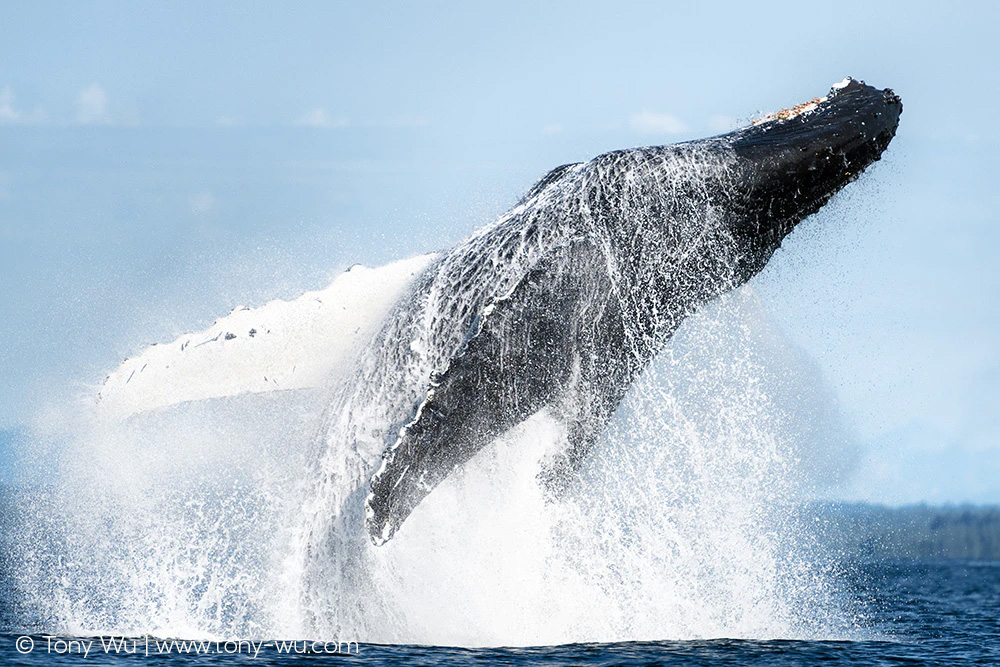
I read several books to keep from getting too depressed, one of which was This is Your Brain on Parasites by Kathleen McAuliffe. It is a fascinating read, especially if you’re a biology geek like me with a fondness for the get-outta-here-stupid-cool.
Take Toxoplasmosis gondii for example. If you are a cat owner, you might already know about this protozoan and its ability to control minds and alter personalities.
If not, here is the executive summary: Infected cats poop. Rats eat poop (yummy). Rats get infected. T. gondii commandeers rat brain, altering said rat's behavior. Rat develops love for the smell of cat pee (I kid you not), then prances out in front of any conveniently available cat while saying “Yoo-hoo kitty kitty kitty” in as seductive a manner as possible. Heretofore uninfected cat eats seemingly stupid rat and becomes a new T. gondii host. Repeat.
“So what?” you think.
Toxoplasmosis also infects humans. It can make some people develop a disturbing fondness for the aroma of cat pee (Again, I kid you not). If that were it, we could all comfortably carry on with our lives and politely look the other way while we let our infected cohorts enjoy their oddball fetish.
But Toxoplasmosis can also cause humans to engage in risky behavior.
Some studies, for example, suggest that a disproportionate number of people involved in vehicular accidents are infected with Toxoplasmosis. In fact, there is enough data pointing to similar behavioral implications from T. gondii infection that it’s a thing.
Think of it this way: T. gondii makes rats loco; it seems like humans are also susceptible.
So how do humans get infected? Mostly from their cats. I assume that for the sake of efficiency one could also choose to bypass the feline vector and just ingest droppings from infected rats. If you’re into coprophagy.
Kitty owners—don’t panic. But you might want to read up on this to understand how this happens and what steps you can take to minimize risk of infection. I recommend Kathleen’s book because she discusses a lot of other weird and wonderful organisms as well, but you can get a quick overview with a Google search. (5)
My reason for mentioning Kathleen’s book and potentially inducing panic among cat-owners is not Toxoplasmosis though.
It is Sacculina.
“No frickin’ way!”
That was my reaction as I stared at the half-disintegrated flip-flop in my hand.
It was late in the afternoon, well past 16:30. It was hot. Even after traversing 150 million kilometers (93 million miles, you metric-impaired readers), the intensity of the sunlight was brutal. Sweat dripped from my brow and stung my eyes. Sunscreen seemed a moot formality.
I had been scouring the sand for a couple of hours. Crouched down, sometimes in a squat, sometimes on all fours, one bag in each hand.
The one in my right hand contained things I wanted to examine more closely, little treasures like the curly-cue inner shells of the deep-sea cephalopod Spirula spirula that had floated up from the abyss like gifts from Poseidon.
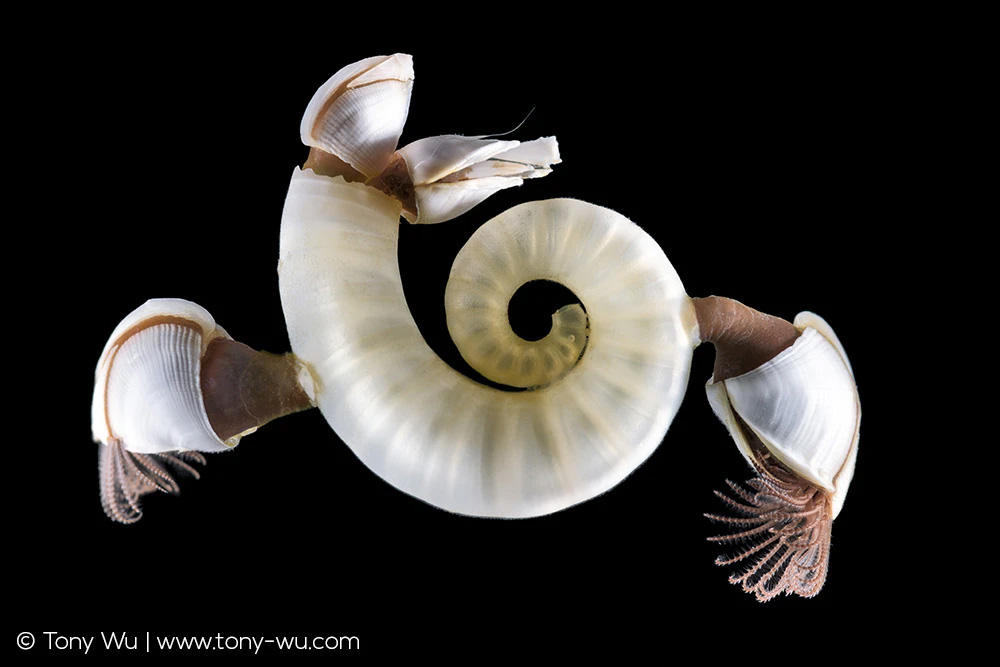
In my left, a bag for garbage, the discards of modern humanity, cast away and long forgotten by people in faraway lands. The white sand of this remote South Pacific island was permeated with plastic, just like everywhere else on this planet.
Cleaning the beach, combing through the sand and picking out hundreds of plastic pieces each afternoon would make no difference. This I knew. But even in the face of hopelessness, I did it. I always do.
Part of me clings to the hope that enough people picking up enough garbage can solve the problem. I am a rational person, or at least I strive to be. Whenever I consider the situation objectively, comparing the volume of plastic and other toxic waste generated by humanity each year to the bag of bits I collect, I know it is a fool’s errand. Unless and until we find a replacement for plastics, the sheer volume of production and usage overwhelms all efforts to collect, clean, recycle. It’s not even close.
When I picked up what was left of the flip-flop, my initial quandry was what to do with such a big piece of junk. Most of what I collected were small bits and pieces, multi-hued chunks of polyesters, polystyrenes and other synthetic polymers—what we collectively label plastics. A lot of it was so small that the pieces were literally the size of sand.
This is, incidentally, one of the reasons why the problem of plastic is so insidious. Though plastic does not break down for a very long time in the sense of organic decomposition, it does fracture into smaller and smaller pieces.
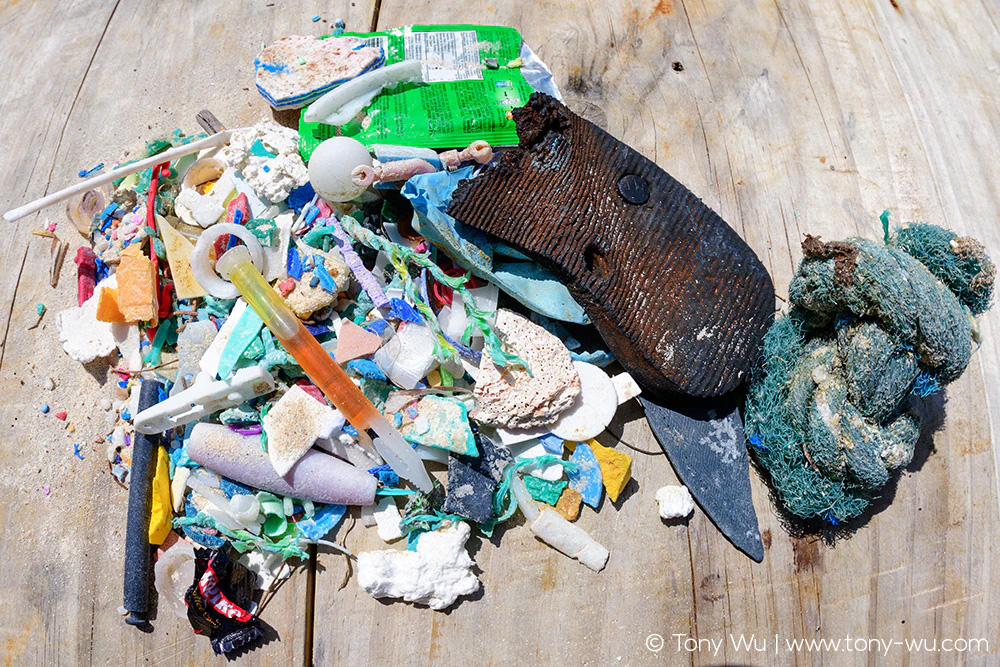

The smaller such pieces get, the easier it becomes for the plastic to enter the food web.
“Why should this be the case?” you might wonder.
The smaller the pieces are, the greater the number of potential organisms that might ingest the plastic, and the lower down the food web such ingestion can take place.
For example, if you toss a 500ml plastic water bottle into the ocean as far too many people are wont to do, a small sardine obviously can’t eat it. Give the sun, seas and storms some time to break that bottle into a zillion pieces, each the size of a grain of sand, and Voila! No problem for said hypothetical sardine, or for billions of other organisms, to consume the little pieces, whether intentionally or by accident.
With each predatory event, plastic so ingested moves through the food web, concentrating like any other compound would. The larger the animal, the greater the chance that it has ingested plastic—either directly, or indirectly via prey.
What I’m telling you is that you have most likely eaten plastic today. You will continue to do so nearly every day for the rest of your life, as will every other animal on the planet for a long time to come.
Standing up to go find a bigger bag for the flip-flop is when I saw it.
A crab. A tiny one, clinging to a hollow in the discarded footwear.
It was infected.
Barnacles of the genus Sacculina seem the stuff of science fiction.
These barnacles, you see, do not have calcified exteriors. They do not glue themselves to rocks, boats, whales and such. They do not filter-feed. They do not even possess penises of mythic proportions.
They are waaaaayyyyy cooler (enunciated in the voice of Bart Simpson).
Pretend for a moment that you are crab. You’re minding your own business when “Ouch!” you feel a pinprick (OK, not literally, but permit me a bit of artistic license with this description).
A bit of time passes. You start to feel different, like you’re going through a transformation.
You carry on doing crab stuff, but don’t quite feel yourself. More time passes, and you realize that despite eating many well-balanced meals, you are overdue. You have not molted for far too long. You are not growing.
Despite this, your belly swells. Unfamiliar stuff extrudes from your carapace. Soon you find yourself moving, seeking a suitable location from which to broadcast your fertilized eggs. This would be a happy occasion, except that you don’t have any eggs, and you have not mated.
You have no control over your actions. You find an optimal spot, pick the best time, then broadcast progeny into the current.
But the progeny is not yours.
They belong to the Sacculina barnacle that has taken over your body and brain.
There are over 100 documented species of Sacculina barnacles. They commence life as free-swimming larvae. When a female larva finds a suitable crab/ victim, she penetrates the larger crustacean’s hard shell with a sharp, dagger-like thing, through which she injects her own cells. She discards her larval exoskeleton and gets comfy inside her new home, i.e., the crab.
Once so ensconced, she grows. Her body transmogrifies into a thick tangle of fibers and sinews, insinuating themselves into every nook and cranny of the crab. The crab continues to eat as normal, but the barnacle passenger sucks the nutrients from her host’s body, leaving just enough energy for the crab to survive and function, but not to grow. And of course, as any self-respecting parasitic invader would do, Sacculina sterilizes her unfortunate carrier.
The female barnacle appropriates the reproductive area of her host and creates a brood pouch of her own. This extrudes in a characteristic manner from the belly of the crab, which is one way you can tell that a crab is infected.
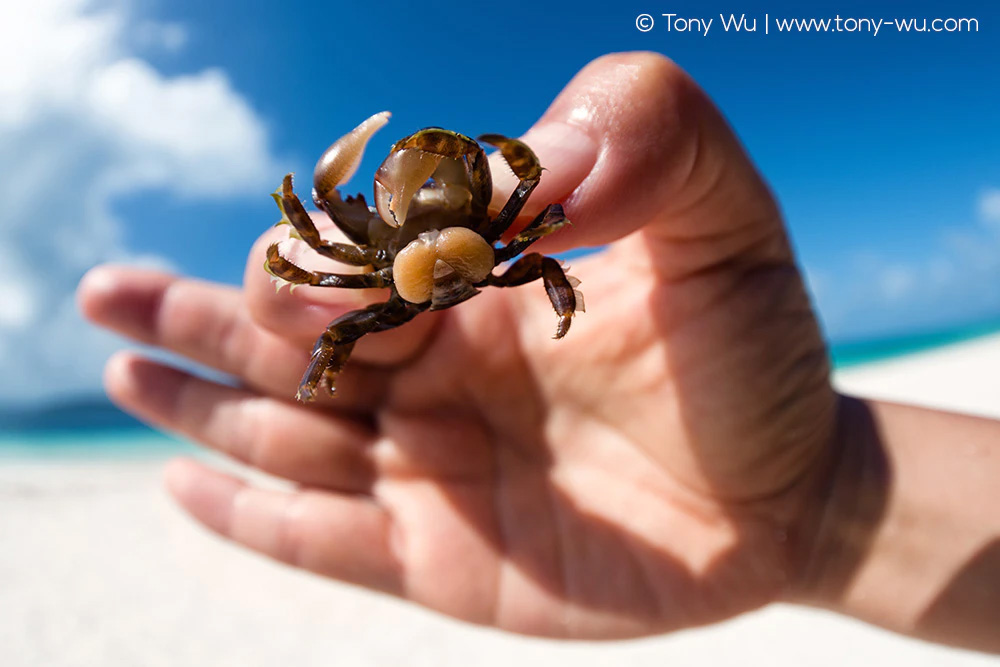
Once the brood pouch is ready, two free-swimming male larvae (attracted by scent) find and enter the chamber to fertilize the female. In the process, they fuse with the female Sacculina. This creates a functional hermaphrodite out of one female and two males. Like I said, the stuff of science fiction.
Besides providing a home and food for the barnacles within, the unfortunate crab in this situation also protects the Sacculina’s developing eggs until they are ready to hatch. When ordered to do so, the crab moves to an appropriate location and sends the next generation of bodysnatchers into the water with the same care as the crab would have exhibited for her own young.
Once the barnacle larvae are safely off, the crab goes back to gathering food, which eventually goes toward the production of more barnacle larvae, which the crab cares for and releases into the water when the time is right.
To the casual observer, the crab may look just like any other crab. It walks. It scavenges. It eats. Except that by this stage, it exists only to serve the diabolical barnacles within.
The crab has become a zombie sex slave.
I first read about these body- and brain-snatching organisms in Kathleen McAuliffe’s book while in Alaska waiting for whales, just a couple of months before my discovery on the beach.
Upon reading her description of this barnacle genus, my first coherent thought after geeking out to the extreme was that I wanted to find one. More specifically, I wanted to find a male crab.
Sacculina barnacles, you see, are even more fiendish than what I’ve already described.
Recall that female larvae penetrate crabs. In the process of zombifying their future sex slaves, female barnacles sterilize their hosts and re-purpose the existing reproductive area of female crabs into baby-barnacle production facilities.
But not all crabs are female, right? So what happens when a female larvae stumbles upon a male crab?
Simple. She converts the male into a functional female and carries on.
In McAuliffe’s words:
"It’s not just female crabs that are forced into a lifetime of servitude. The barnacle can turn a he into a she. Normally, male crabs have narrow abdomens, but once invaded by Sacculina, his body assume the broader shape of the female’s, and it also develops a pouch to hold the parasite’s young. Completing this sex change, the feminized male displays the maternal instincts that will make him a tender and protective caretaker of the parasite’s brood.” (6)
Well that’s gotta suck.
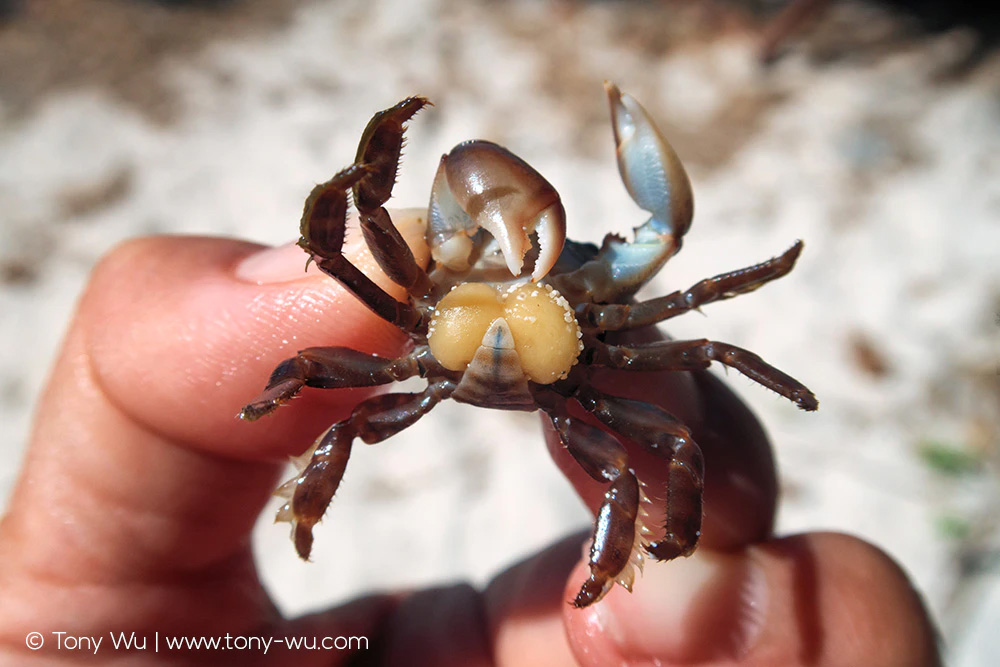
As fate would have it, the infected crab that I had stumbled upon was indeed originally a male. You can see by the triangular shape of his abdomen, with the Sacculina’s reproductive pouch bulging out.
As bad as I felt for the little crab, it was one of those satisfying “Eureka!” moments, when book-knowledge and real-life experience converge. Only because I had read the book about parasites was I able to geek-out under the hot sun on a beach in the middle of the South Pacific.
It was dusk by the time I found temporary housing for the crab, so I had to wait until the following day to take a photograph. In the end, I released the barnacle-controlled zombie back to sea, where in all likelihood, she—formerly he—carried on churning out baby bodysnatchers to enslave more crabs.
ars gratia scientiae
Notes:
- I should of course note Alfred Russel Wallace’s pivotal role in developing the concepts underpinning the theory of natural selection.
- Darwin, C. R. 1854. A monograph on the sub-class Cirripedia, with figures of all the species. The Balanidæ, (or sessile cirripedes); the Verrucidæ, etc. etc. etc. London: The Ray Society. Volume 2, p.26.
- Read more about Darwin’s grappling with these odd sexual permutations:
- You might think that the only thing duller than spending a decade hunched over and peering a preserved crustaceans through a microscope would be reading a book about a guy spending a decade in such a manner, but if you feel the urge to bone up on disproportionate barnacle members, this is a good book: Darwin and the Barnacle. I read it back in the mid-2000s. It was obviously interesting enough that I recalled Darwin’s obsession with the reproductive acumen of sessile crustaceans.
- The thought occurred to me as I wrote this that if you have a kitty and you are by chance already a T. gondii carrier, then the sneaky little protozoans might cause you to poo-poo the risk of T. gondii exposure, thereby rendering this entire train of thought moot. Hmmmm, how and why my brain goes down these rabbit holes I do not know.
- From Chapter 3, Zombified. This is Your Brain on Parasites (Kathleen McAuliffe).